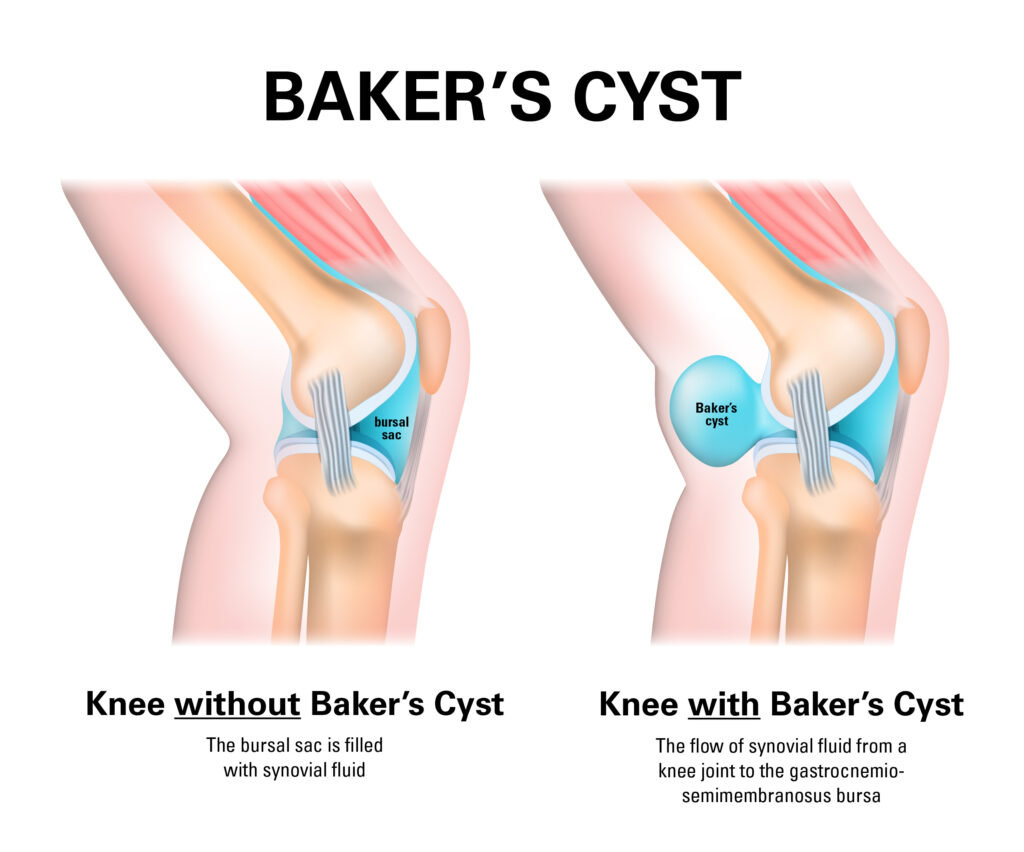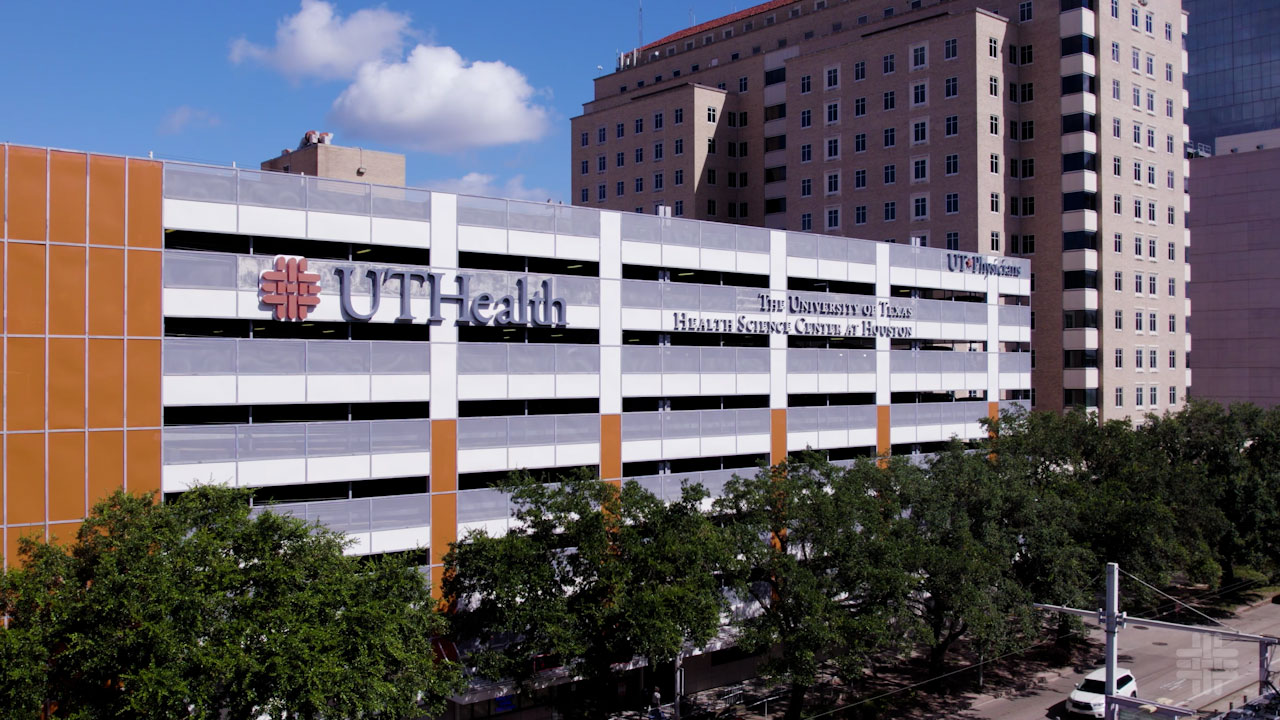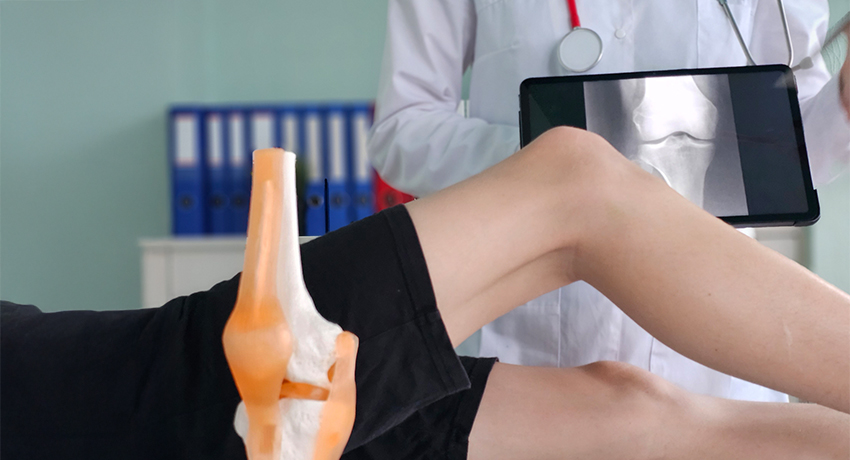A Baker’s cyst, also called a popliteal cyst, is a large bump or bulge behind the knee that can occur in children. As worrisome as that sounds, the good news is that a Baker’s cyst is benign, usually harmless, and goes away without treatment.

“It can be concerning to some parents because it can appear like a large mass growing on the back of their leg,” said Surya N. Mundluru, MD, a pediatric orthopedic surgeon at UT Physicians Orthopedics — Katy.
A pediatric Baker’s cyst is typically diagnosed in children between the ages of 4 and 8. Older children and adults can also develop a Baker’s cyst.
How a Baker’s cyst forms
Across different body areas, tendons and muscles glide back and forth, creating tension. Small fluid-filled sacs called bursal sacs are located in these areas to reduce friction.
“Think of them as shock absorbers,” said Mundluru, an assistant professor of orthopedic surgery with McGovern Medical School at UTHealth Houston. “These bursal sacs are in the shoulder, around the hip, at the elbow, and behind each knee.”

A Baker’s cyst occurs when the bursal sac behind the knee is irritated and inflamed.
“This is a normal fluid-filled sac everyone has, but it gets the term Baker’s cyst when it swells in response to an irritation,” explained Mundluru.
There is no known cause for the irritation.
Symptoms of Baker’s cyst in children
A lump behind the knee is the most obvious sign of a Baker’s cyst, but in many cases, there aren’t any noticeable symptoms. Children might also complain of discomfort or pain in their knee or leg, but the inflammation itself usually doesn’t require a change in daily activity.
“Most children who develop a Baker’s cyst can continue playing and maintain active schedules as long as they’re not in a lot of pain,” said Mundluru.
Diagnosis starts with an exam
A physical exam can diagnose a Baker’s cyst, usually after imaging such as an ultrasound or X-ray.
“An ultrasound is quick, easy, and painless,” said Mundluru.
Evaluating next steps
In most cases, a Baker’s cyst will resolve on its own. Treatment for pain or discomfort includes icing the area or using children’s pain relief medicine such as ibuprofen.
There are no known risks associated with developing a Baker’s cyst. This common medical condition will not impact growth or development. But it’s a good idea to have it checked out.
If there is a visible mass behind your child’s knee, or if your child complains of leg or knee pain, schedule an appointment with your primary care physician. It is always important to share and discuss health changes with a pediatrician.
“You want to make sure it’s not something else masquerading as a Baker’s cyst,” said Mundluru. “It’s always best to visit with a doctor to confirm a diagnosis.”


